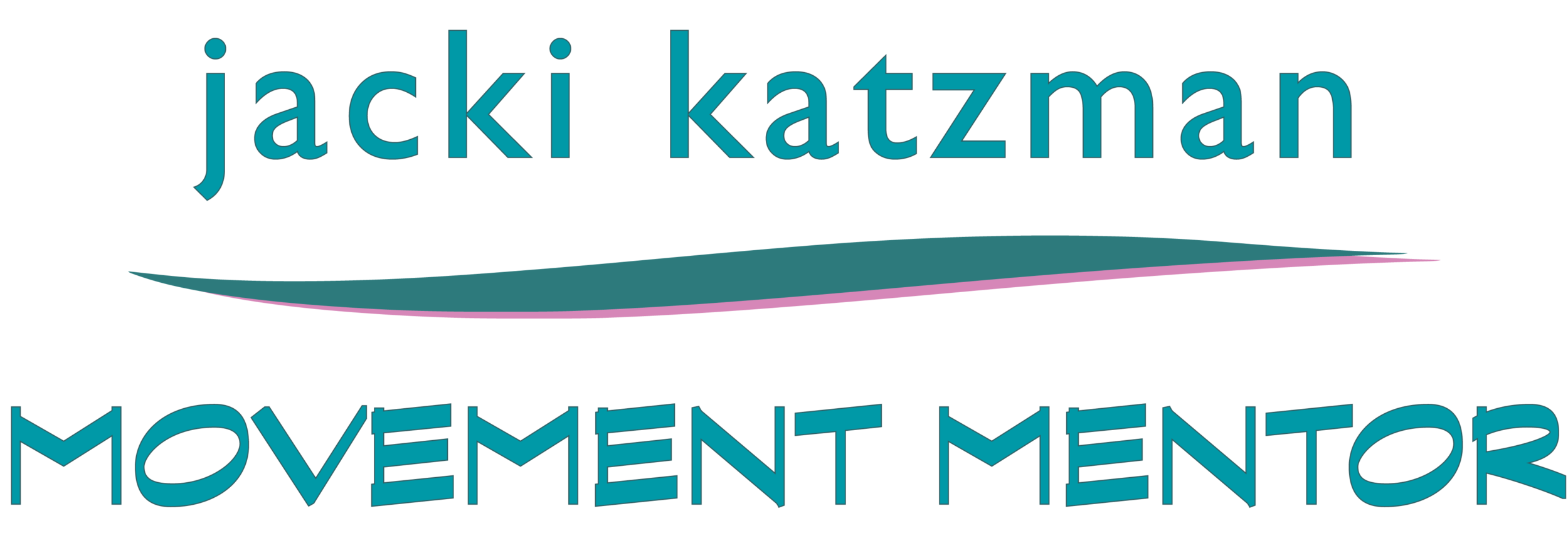String of Pearls/Solid Support - 8 - Lock in the twist
String of Pearls / Solid Support
Solid Support - 8 - Lock in the twist
Based on “Evening Class Notes 1977-1978: The Coachman” by Mia Segal and Gaby Yaron as taught by Julie Casson-Rubin
From the fluid flowing of a supple spine, we move to finding that solid support for transmitting ground forces through the body and out. In other words, a strongly “locked in,” twisted spine.
We tend to underestimate the size of the spine. It’s bigger and fills more of the torso than we often realize. It’s curves enable all of our uniquely human moves, from swan diving to whipping tennis balls. That unique - in the animal world - shape is due to the variously shaped vertebrae. The cervical, thoracic and lumbar vertebrae have evolved to enable/prevent the range of movement possible and support the weight of the body.
Image source: Douglas Chiropractic & Physiotherapy Clinic on Facebook
The spine has far more volume than we tend to thing. The individual vertebrae
The cervical vertebrae are the smallest, carrying only the weight of the head, with interlocking facets that enable maximum bending, arching and twisting. The thoracic vertebrae, which hold the ribs and support the torso, allow bending, arching and twisting (but less than the neck). The heavy lumbar vertebrae support the weight of the entire upper body, link into the pelvis, and only permit bending.
In this lesson, the deep twist movement flows from the pelvis, bringing the lumbar, thoracic and cervical vertebrae with it. Turning the head to look back over the shoulder is the cherry on the top.
The “Coachman” lesson, created by Moshe Feldenkrais’ first student Mia Segal, develops a deep twist sequentially, beginning with a breath-coordinated pelvic rock and side-to-side weight shift, adding in the weight of the head, and power of the shoulders and feet to complete the action. Our variation adds focus on the spine, “pearl by pearl,” as the twist develops from the pelvis up, from the head down, and from the twist in the torso driven by the weight of the shoulder pressing on the opposite knee (via the arm.).
And we will sing a “glissando,” a way of gliding or flowing from one note to the next, to help align our breath with the natural flow of the spine in twisting.
Anatomy of the Spine - Nucleus Medical Media (0:56) - brief animation of spine in movement
Spinal tutorial (2) Features of a vertebra - Anatomy Tutorial - AnatomyZone (9:07) - detailed review of vertebral anatomy for cervical, thoracic and lumbar spine
Spine Anatomy Know Your Spine - Atlantic Spine Center (2:36) - another quick overview of the spine
Facet Joint Anatomy - Veritas Health (0:42) - view of how vertebral facets slide against one another
Set Up for Sitting:
Stable, flat-bottom, armless chair where knees and hips are level.
How you might feel after this lesson: All loosened up; Ribs flexible; Breath deep; Spine able to turn, twist, and double twist with ease; Legs comfortable in hip sockets; Shoulders open and relaxed; Neck long and fluid; Have eyes behind your head as you twist deeply; Strong supported twists for sports, driving, and performing.
New Student Registration for the series. Continuing students use ongoing login. $40/month or $15/individual class. PayPal or Venmo: jackisue@aol.com. Or Jacki Katzman, PO Box 116, Bethlehem, NH 03574
A hot tune featuring the best glissando I can think of.



